And why using too many techniques is killing your creativity
Have you ever looked at a stunning piece of textile art beautifully presented against the crisp white wall of a gallery and thought Wow! How did she do that? How did that maker develop such mastery over her techniques? How does she manage to speak so clearly through fibre in a voice that feels fresh and exciting?
And then perhaps you do that thing, that we all do and know we shouldn’t, of comparing yourself to them. And you start to feel a bit inadequate or even envious because, although you have a ‘heart and soul’ passion for textiles, you’re struggling to settle on a style that feels authentic to you.
You would love to develop your own visual vocabulary. You long to innovate with your materials and techniques. But your process is a bit confused, your results are hit and miss and your voice feels somewhat random.
And as you’re standing there at that exhibition in awe of the masterpiece before you, you tell yourself, I just wasn’t born with natural ability. My work will never have the impact of this piece. I’m just not good enough.
Here’s some great news! None of that is true… and, by the way, you should learn to go easier on yourself – your inner critic sounds pretty harsh!
The truth is this: That maker you so admire is probably no more innately talented than you or me. But… (and this is important)… they know something you don’t know. It’s a secret that transformed the process of a textile artist very close to my heart and set her free to push the boundaries of her techniques. And it could just do the same for you!
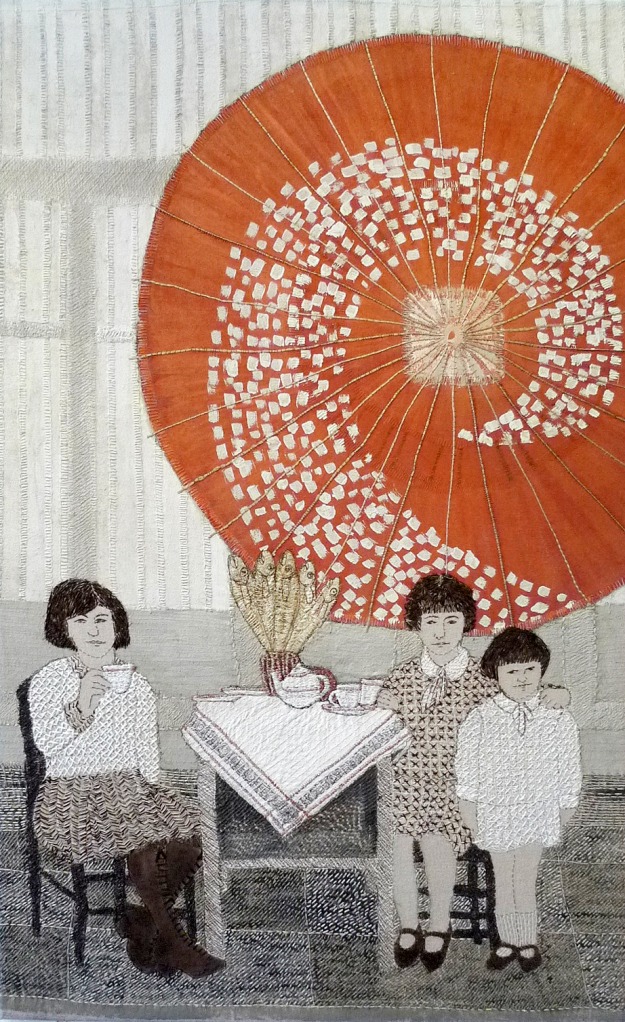
How Sue Stone found her flow
Disclaimer: Sue Stone is my mum and I’m very proud of her as you’re about to find out!
Now I may be biassed (did I mention she’s my mum?), but I think Sue Stone’s visual identity strengthens with each new piece she makes. Which probably explains why she’s enjoying such acclaim as a textile artist.
Her work has been featured on the front cover of Embroidery Magazine and her recent solo show Do You Remember Me? was a huge hit at the UK’s biggest textile event The Knitting and Stitching show.
Her boundless enthusiasm for her craft means she’s invited to teach stitch workshops all over the world, including for Selvedge magazine in London, at Studio Preniac in South West France and at the School of Textiles in Canada. And her online courses (Exploring Texture & Pattern and Stitch Your Story) have seen over two thousand students benefit from her expertise.
But the journey to success hasn’t been a smooth one.
Textiles had been part of Sue’s life since her mother taught her to sew as a child. But it wasn’t until she was in her mid 50s that she rediscovered her passion for the techniques and materials she’d grown up with. And even then Sue struggled with a severe lack of confidence. She flitted from one technique to another. Never truly committing.
Sound familiar?
Perhaps you can relate? Maybe you have a hundred ideas buzzing around your head but lack focus. You try to bring those ideas to life using every technique in the book. After all, there are hundreds of possible options for getting creative with textiles and stitch. And that can be overwhelming.
Sue had fallen into a similar trap.
But after jumping from style to style, enough was enough. It was time to reconnect with a lesson from years earlier…
Learning from a textile art legend
In her days as an Embroidery student at Goldsmiths College in London, there was one teacher above all others whose impact on Sue would last a lifetime and not just because of her bright green hair: Constance Howard has been credited for being responsible in no small part for textile art’s transition from minor craft to important artistic genre.
And there was one very simple concept at the core of Constance’s approach:
“You don’t need to know hundreds of stitches. But you need to use the ones you do know well!”
Constance Vs convention
But surely the only way to avoid creating boring textile art is to have a wide range of techniques at your fingertips? And, if you ever stand a chance of innovating, there’s no way you can rely purely on basic, traditional techniques, is there?
Well, the woman described by the Guardian newspaper as “the most influential pioneer in textile design of her generation” disagreed.
So, despite what conventional wisdom tells us, perhaps trying out endless techniques is not conducive to creativity. Maybe it could actually have a detrimental affect on the work you make with textiles. What is often framed as “versatility” can hold you back from tapping into your creative potential.
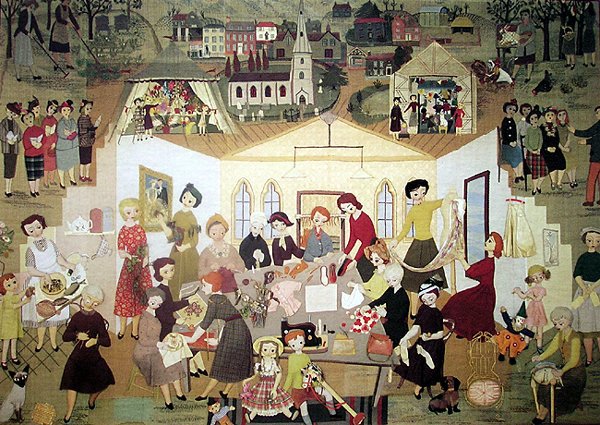
7 ways ‘versatility’ can crush creativity
Before we dive in, I want you to promise that you won’t go beating yourself up if any of this rings true. You’re not the only one. These are issues that most artists have struggled with at some time or another during their creative lives so be kind to yourself.
1. You’ll struggle to innovate
If you dabble with a wide range of disparate techniques, how can you hope to deepen your mastery of them? Without making a commitment to a more limited selection, you’ll never get under their skin. You’ll struggle to make them your own. You’ll be tempted to imitate rather than originate.
Only when you truly take control of your techniques can you start to push their boundaries and innovate with them.
2. Your voice will be jumbled
Trying to develop your own visual vocabulary and an identity that is clear and strong becomes increasingly challenging the more techniques you try and incorporate. Even those working in mixed media like Ann Goddard and Gizella K Warburton, two artists with very distinctive styles, limit the pallet of techniques and materials they use to achieve their desired results.
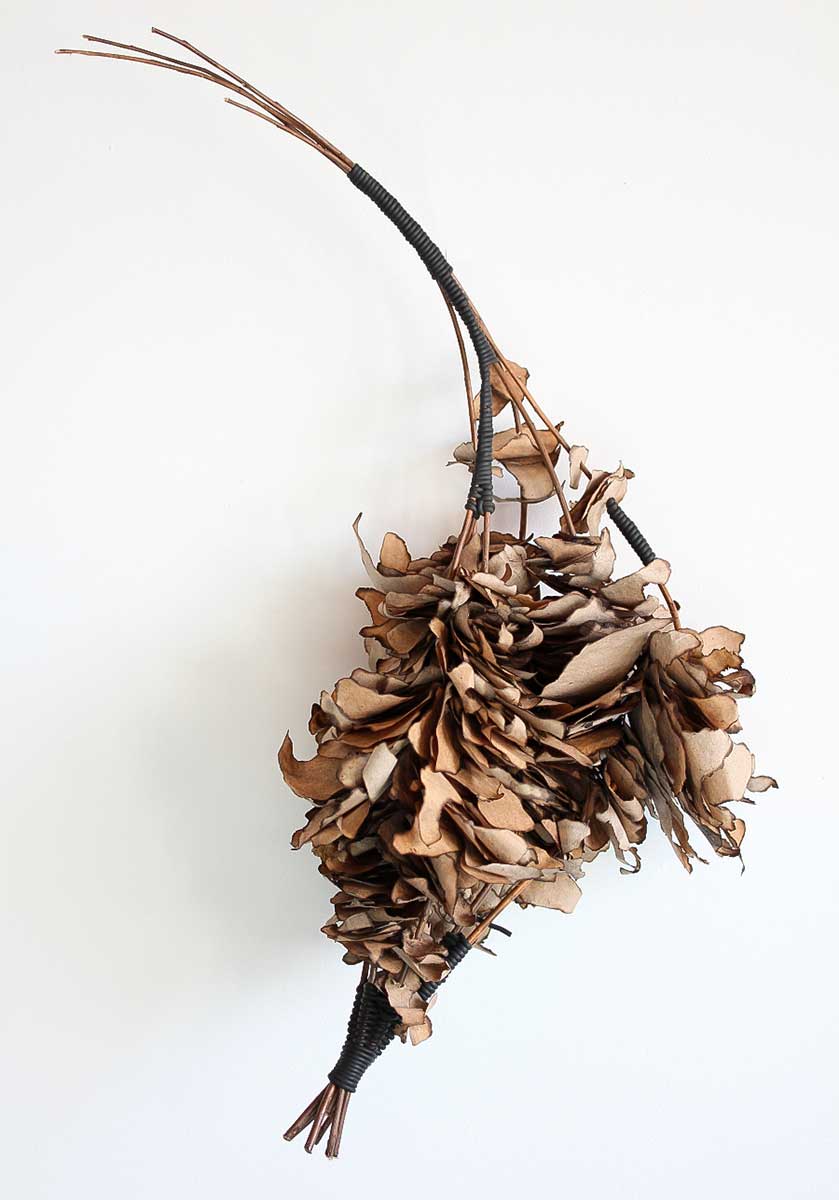
3. You’ll actually be less versatile
It sounds counterintuitive but having a grasp on lots of different techniques can actually make you less versatile as a stitcher. Merely scratching the surface can lead to textile art that is generic and commonplace. Whereas mining the potential of a single technique through rigorous and structured experimentation gives you the skill and confidence to use it in ever more inventive and varied ways.
4. Your process will lack focus
With so many options flying around you’ll find it difficult to define a clear path forward. Unless you try one thing at a time and stick with it, you’ll have endless ideas but absolutely no way of bringing them together. And with such aimlessness, you might find yourself with a hoard of unfinished pieces, each one less satisfactory than the last!
5. Overwhelm leads to ‘artistic paralysis’
And, leading on from the last point, without a goal, making those vital first marks will feel like torture. Because you have so much choice, you’ll start to feel overwhelmed by the possibilities. This ‘freedom’ often leads to fear. Fear of taking a risk. Fear of failure. And that fear leads to procrastination, inaction and becoming ‘stuck’. What a nightmare!
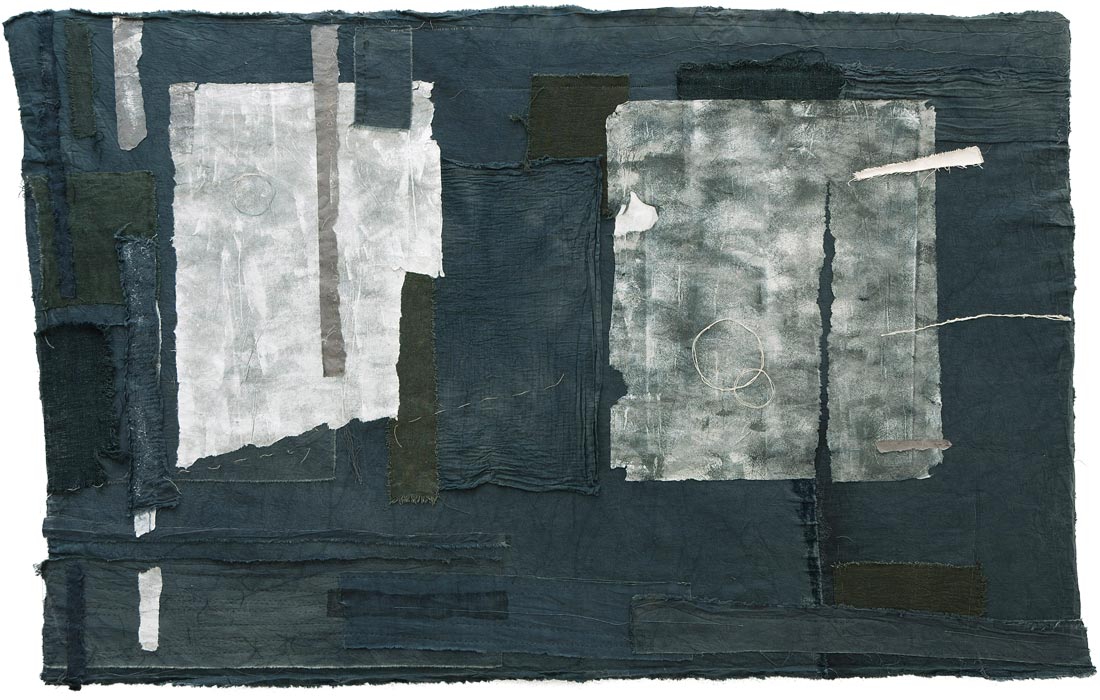
6. Your work may be confusing
Not only will you be mystified by your process and dissatisfied with your results, others will be too! If each piece is created with drastically different processes and techniques, it will probably be difficult to decipher a unifying story or style.
7. You’ll feel like a fraud
Confidence in your work comes from knowing who you are as a maker. Without a strong sense of what you want to say and how you want to say it, it becomes impossible for your process to have intention. And without intention, how will you ever know where to start? Opting for a bottomless buffet of techniques rather than a limited set menu can make you feel like Jack of all trades.
Time to stop ‘dabbling’ and go deep
Perhaps the way to truly find your voice and build a unique visual vocabulary as a maker is to focus on a handful of techniques and push their boundaries through constant experimentation.
It’s that experimentation, that exploration of HOW you use those techniques that will give you the power to innovate, not necessarily the techniques themselves.
Even the most basic hand stitches offer incredible opportunities for invention and unlimited potential for creativity, as the work of these 3 artists proves.
Isobel Currie
Isobel Currie, winner of the Valerie Campbell-Harding prize for Innovation, creates miniature 3d textile art, all of which is built on the foundation of a handful of traditional embroidery stitches, such as the buttonhole stitch and fly stitch. It’s her use of these stitches in their full three-dimensional form that makes her work exciting and distinctive.


Richard McVetis
Member of the renowned 62 Group, Richard McVetis uses a limited vocabulary of mark making such as embroidered dots and crosses, in combination with meticulously worked wools to create what he describes as ‘binary simplicity’.
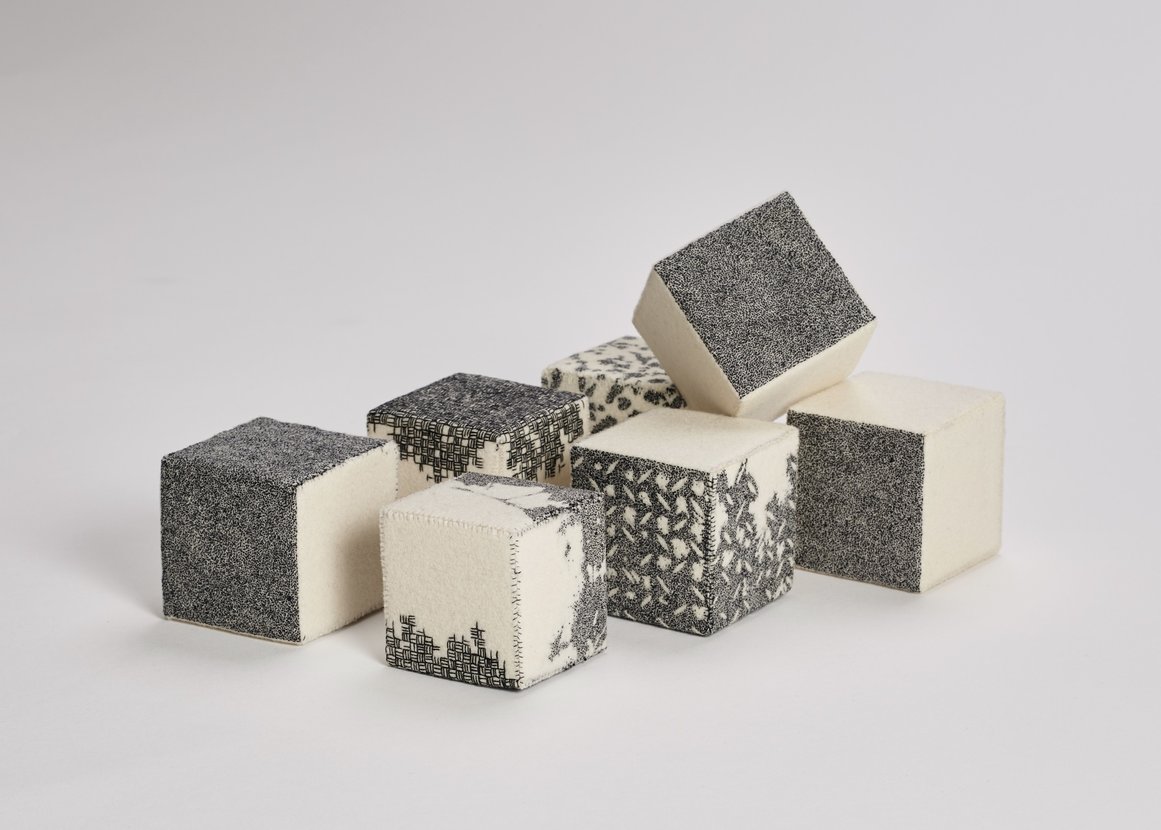
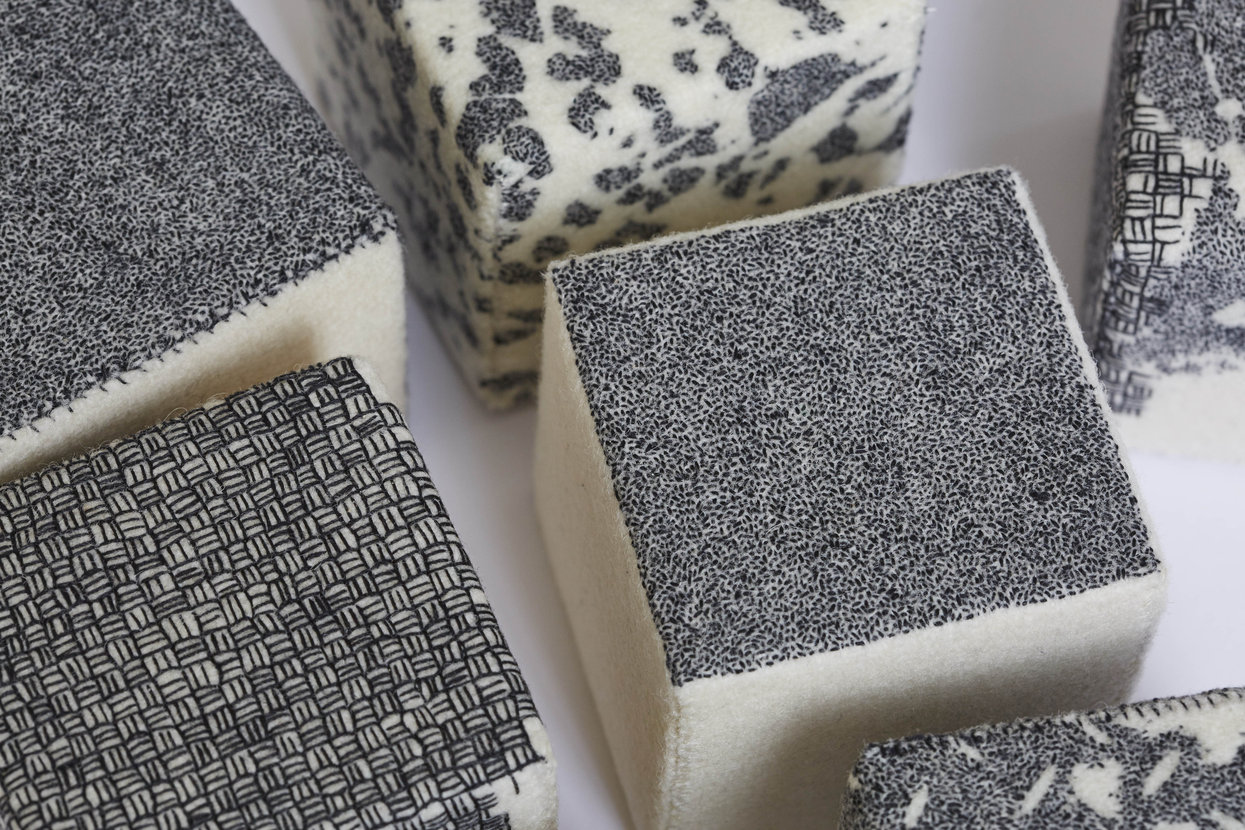
Sue Stone
And how about the artist whose passion and commitment inspired me and my brother Sam to start TextileArtist.org back in 2012? Since her return to textile art after a 30 year hiatus, Sue Stone has embraced Constance Howards’s teachings. Her work is unmistakably hers and yet at its core are just a few traditional hand stitch techniques like running stitch, couching and needle weaving. But the more she uses them, the more versatile they seem to become.
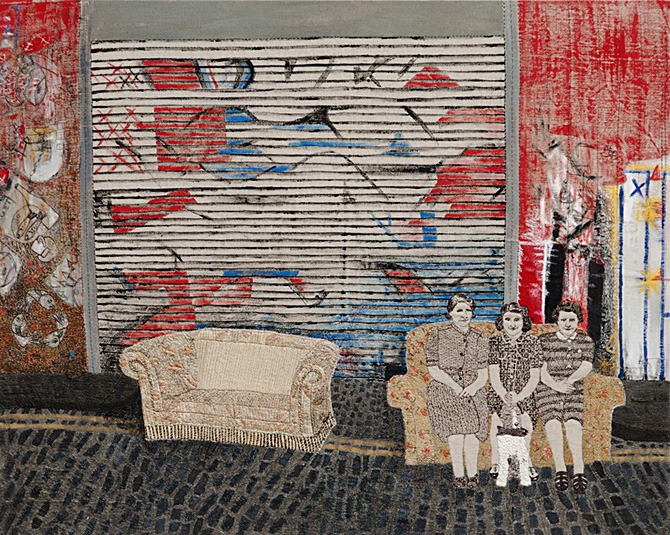
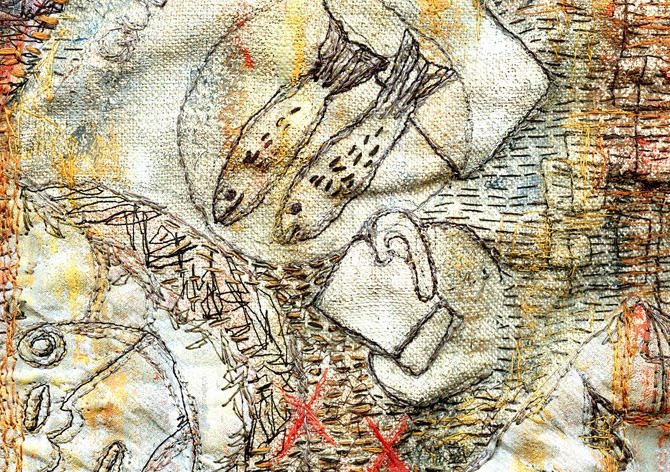
Find out more about Sue Stone’s process from conception to creation here
The power of limitations
So am I arguing that you should stick with exactly the same techniques throughout your lifetime? Of course not! Nurturing a practice that is ever-evolving in response to your natural curiosity is essential for creative growth.
Nor do I think you should ignore your instincts if a certain technique is calling to you.
But, if you’ve been struggling with anything we’ve discussed in this article, it might be time to make a tough decision about casting aside some of those techniques you’ve been dabbling with and focus on stretching the potential of just a few. Build firm foundations with one technique before you get distracted and move on to another.
Because, despite being told that our imaginations are at their most fruitful when they are liberated from rules and constraints, the secret that textile artists with the most distinctive visual identities know is this:
Only when you are limited can your creativity become limitless!
Have you struggled with not being able to fully commit to one technique or another? What has been the consequence for your process and work? Let us have your questions and concerns in the comments section and we’ll try our best to help!
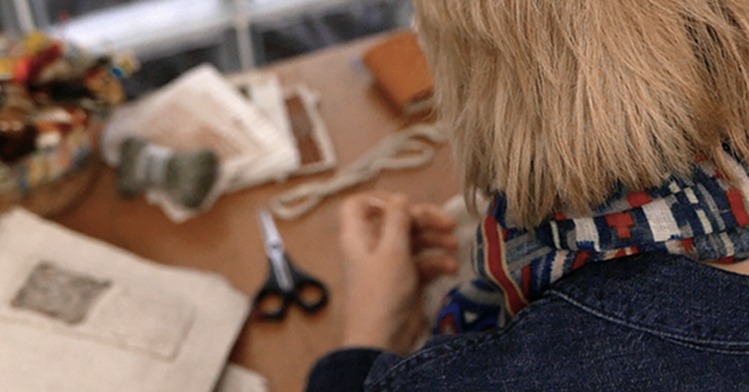


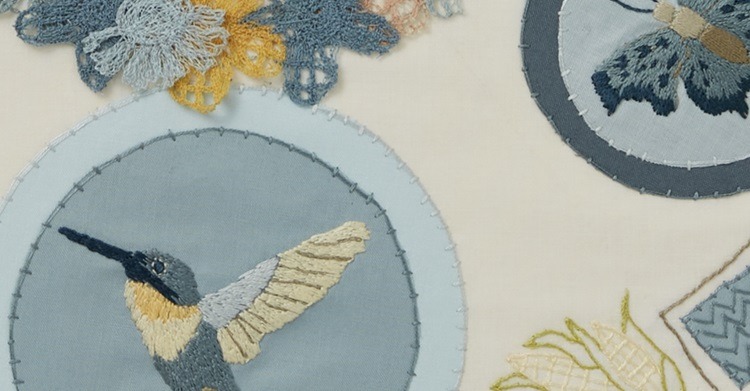
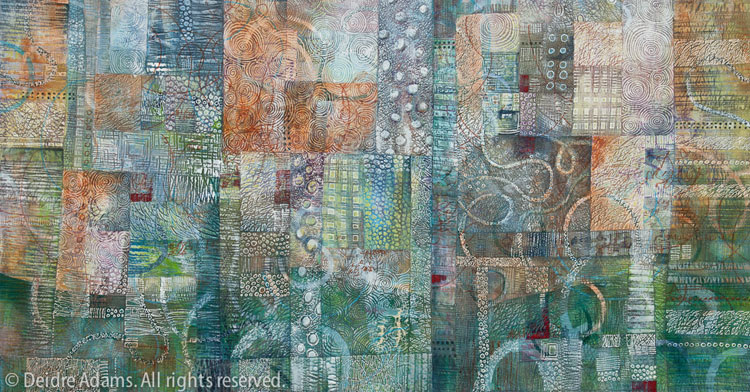
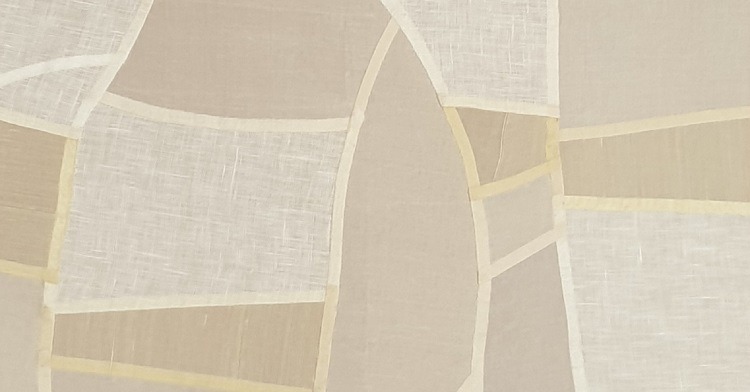
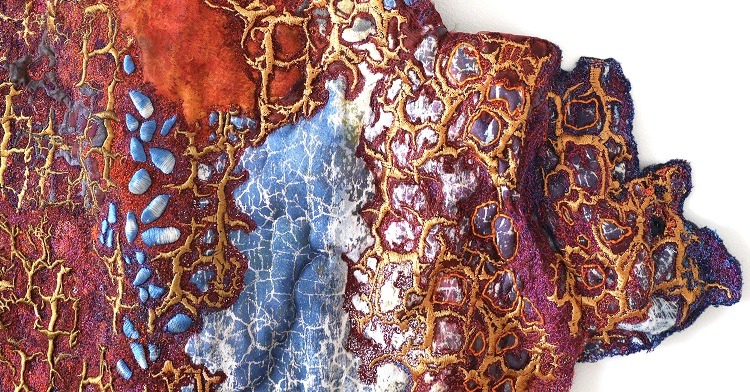
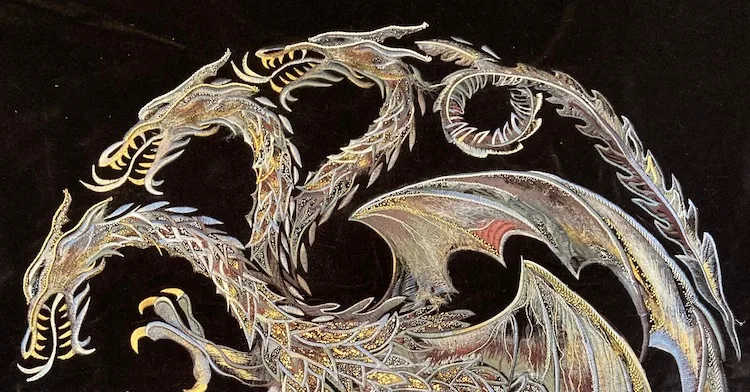
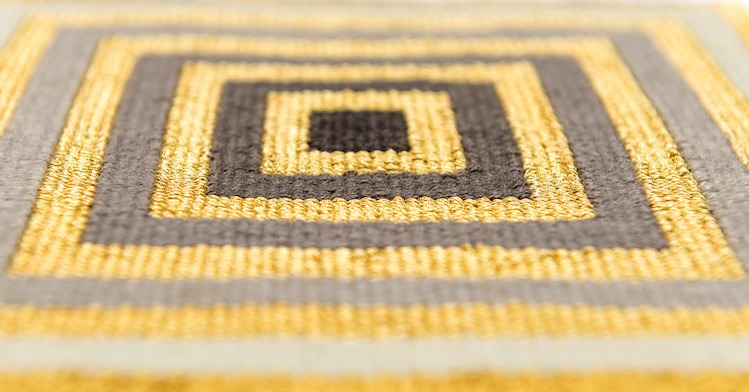
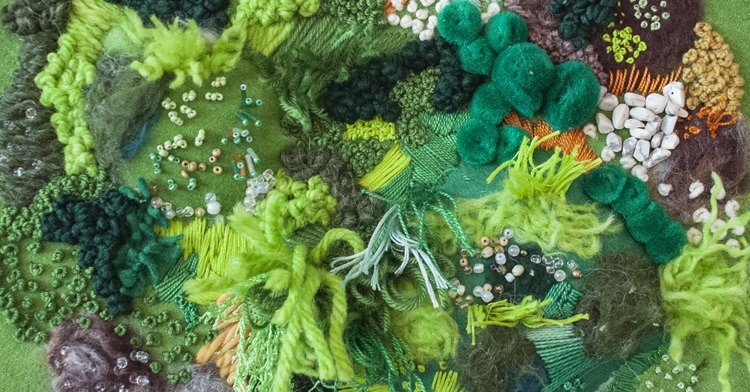
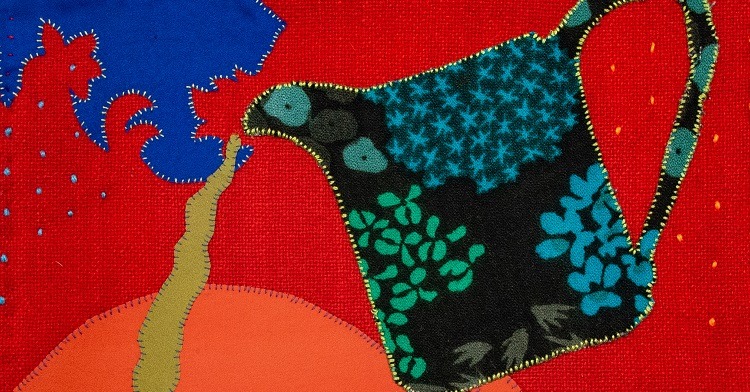
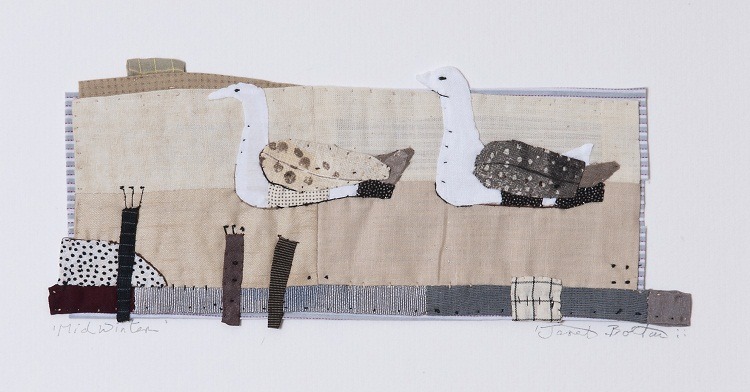
Comments